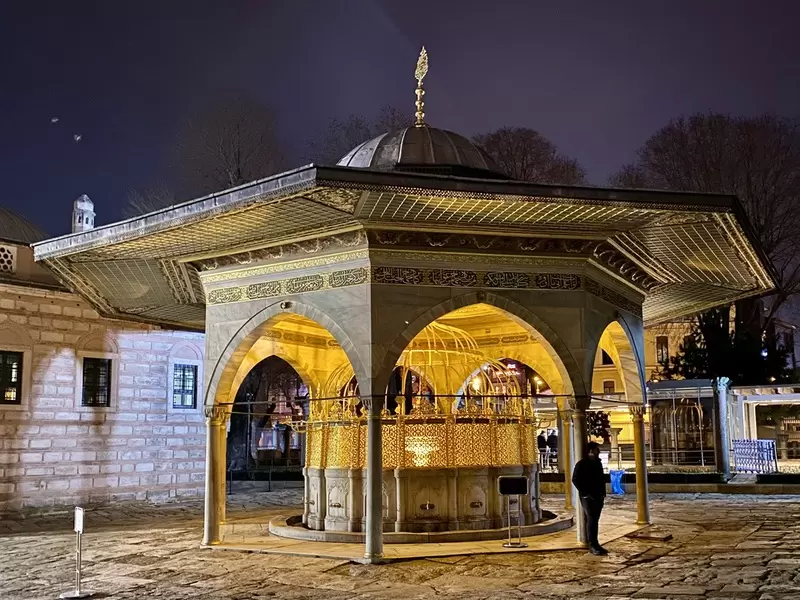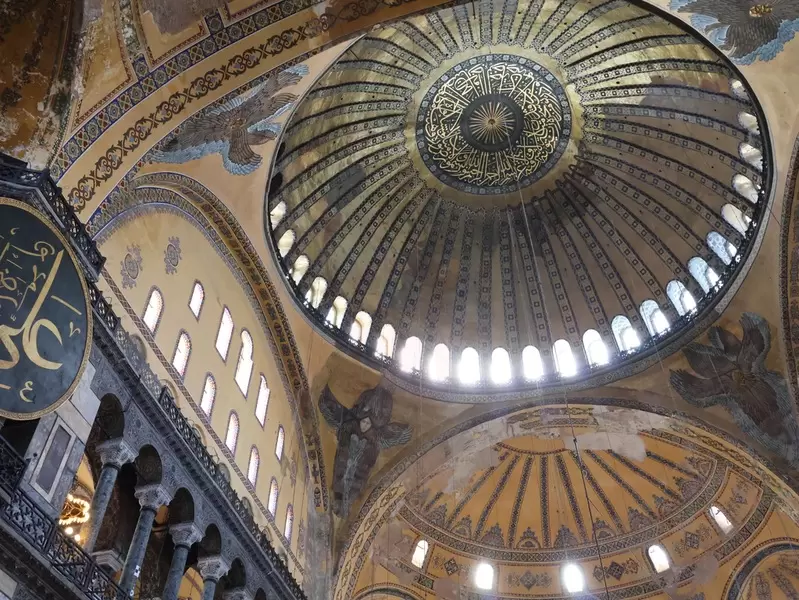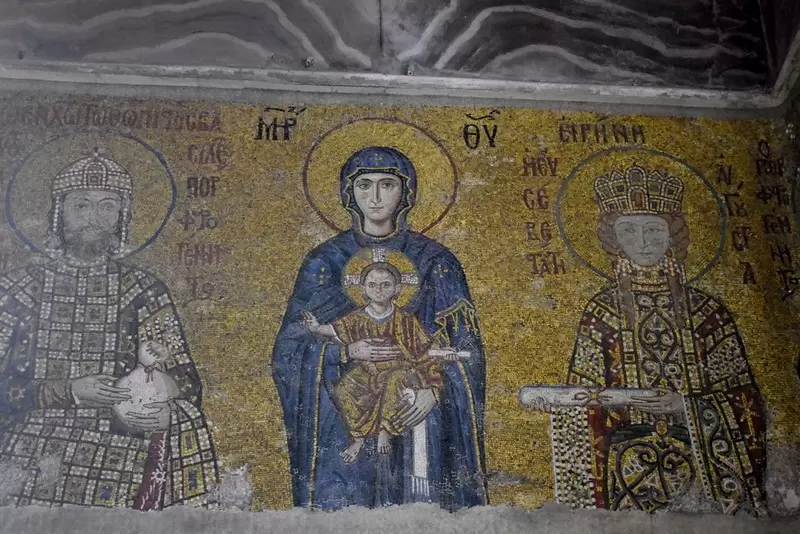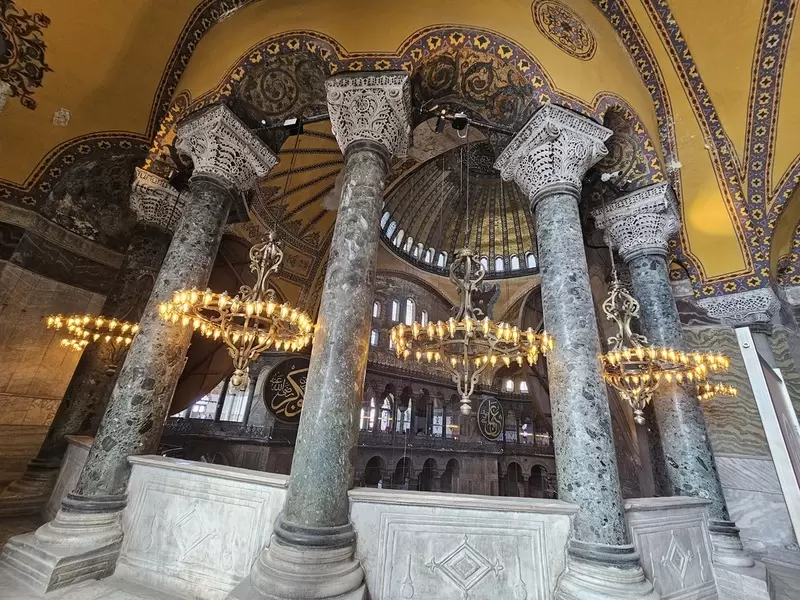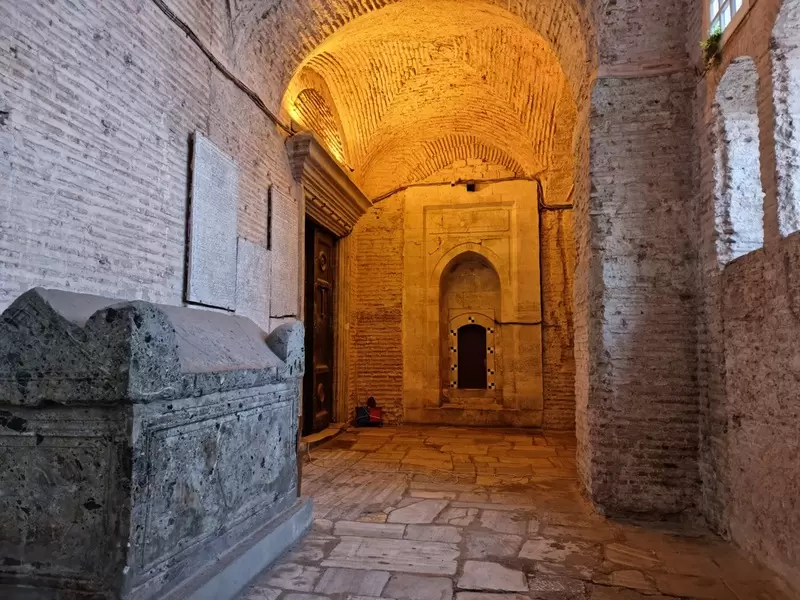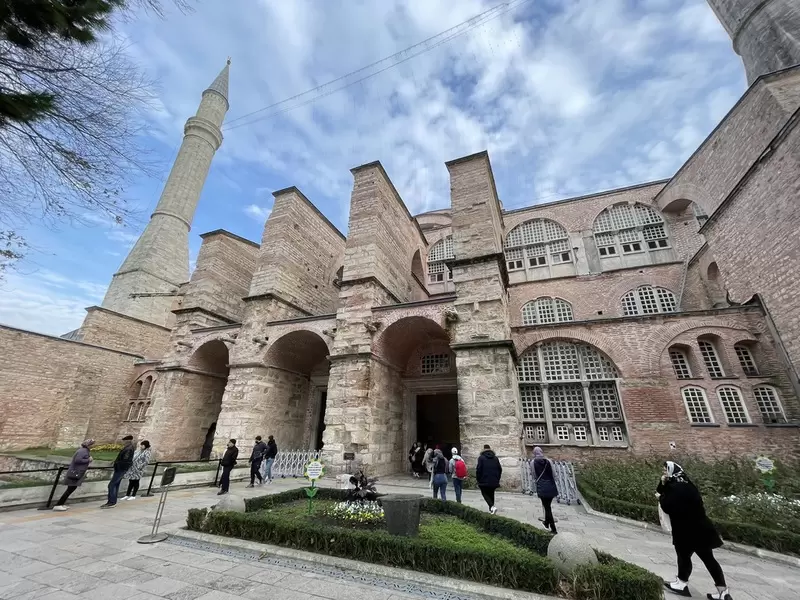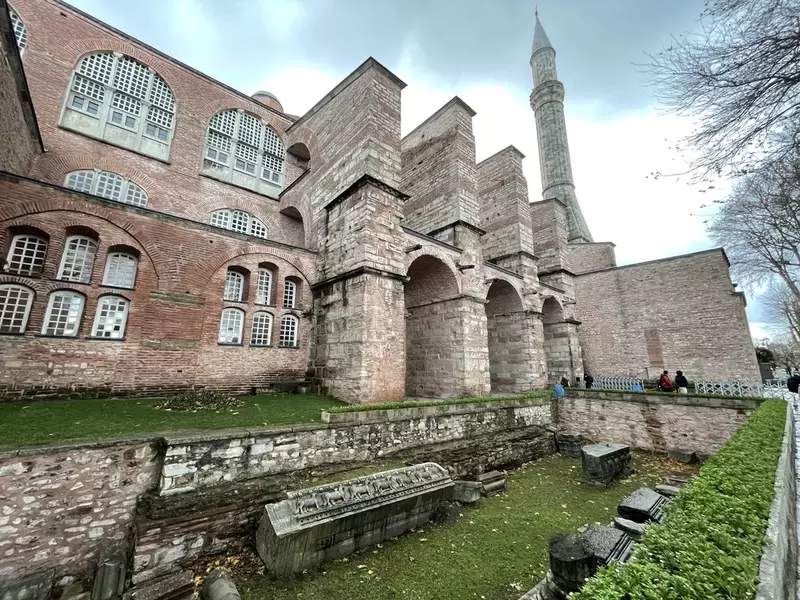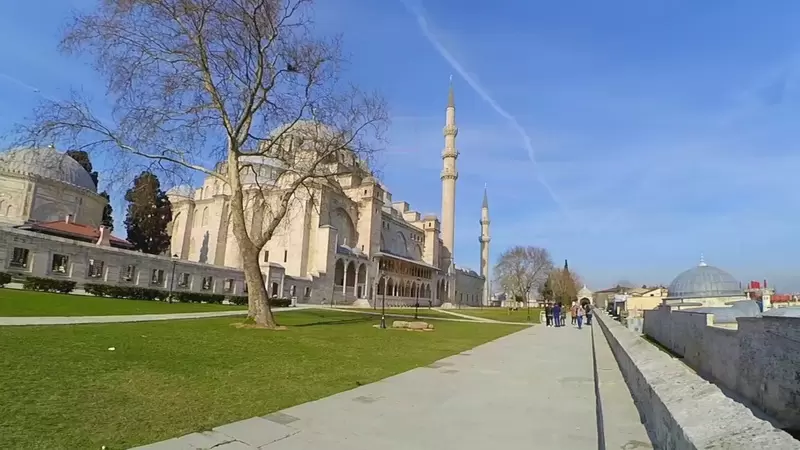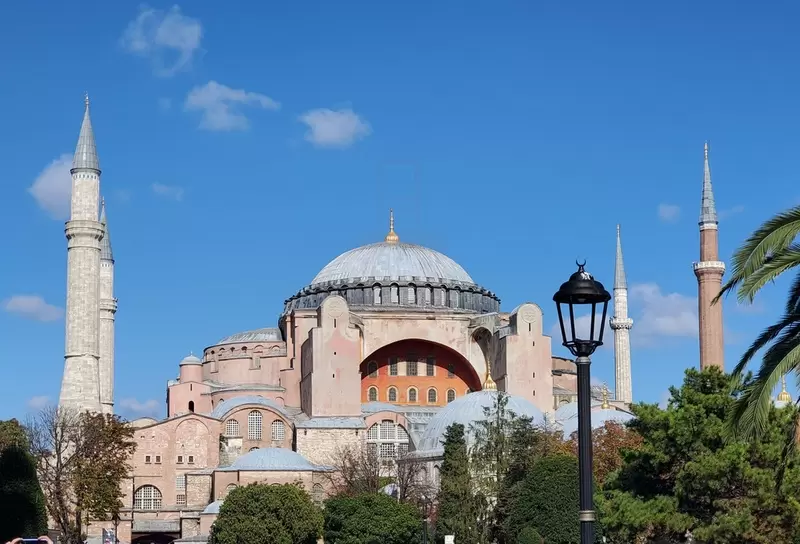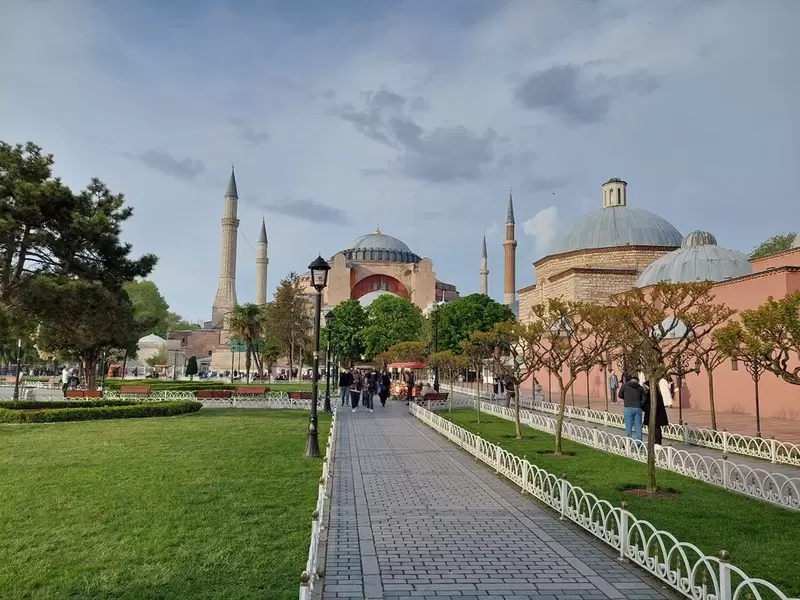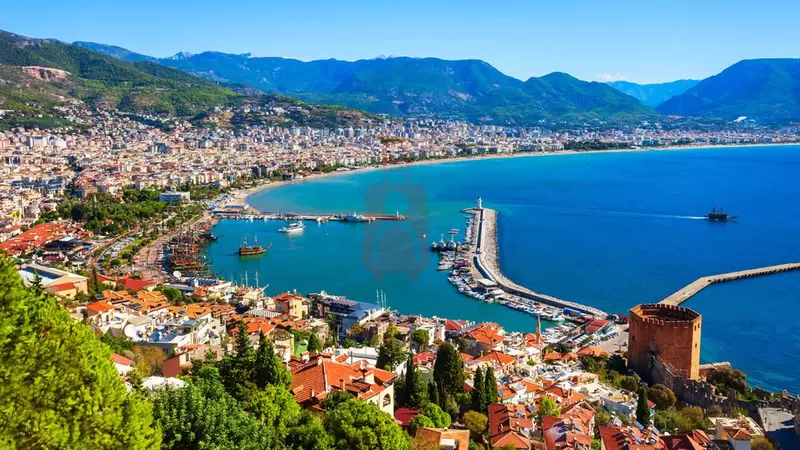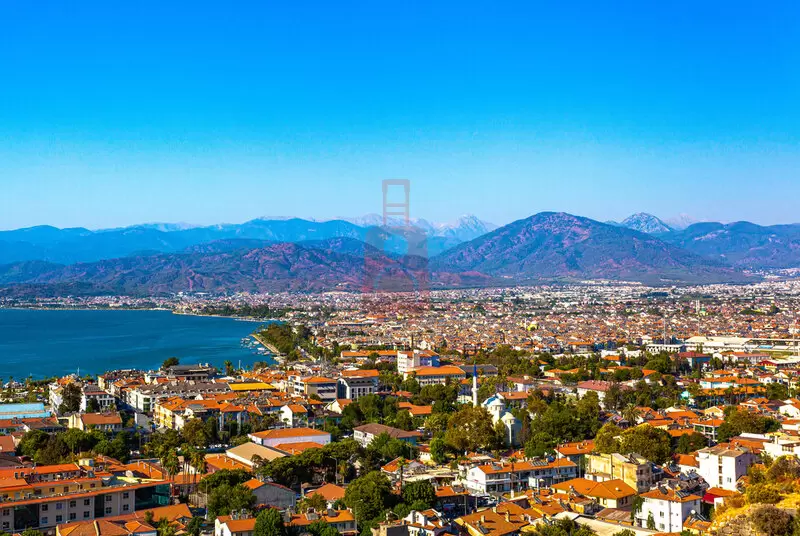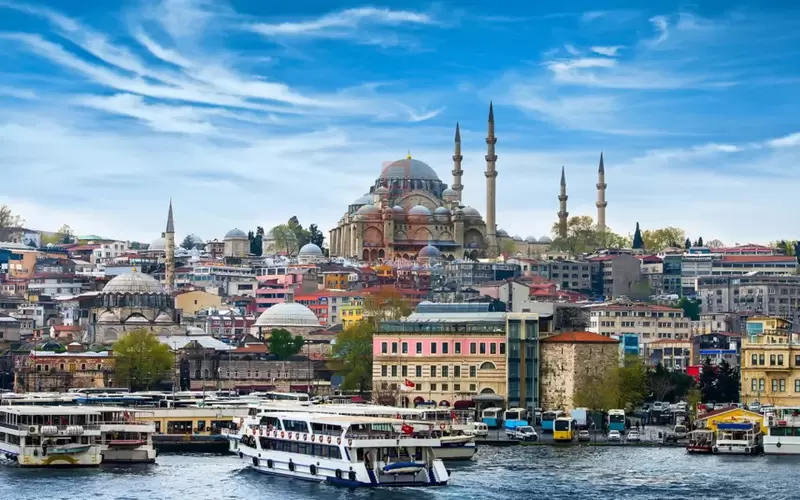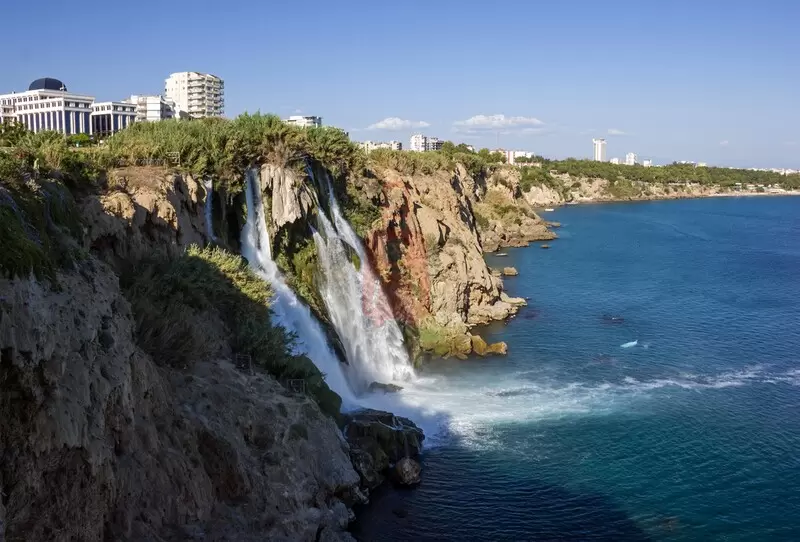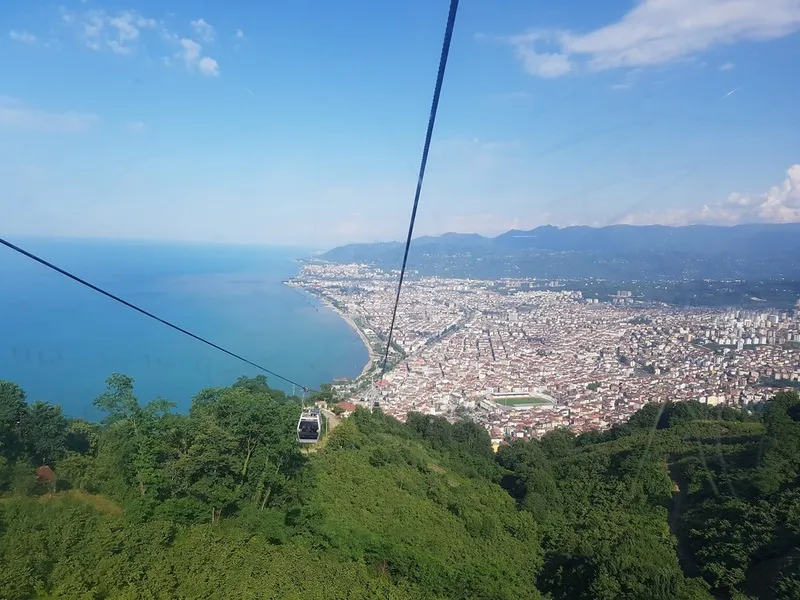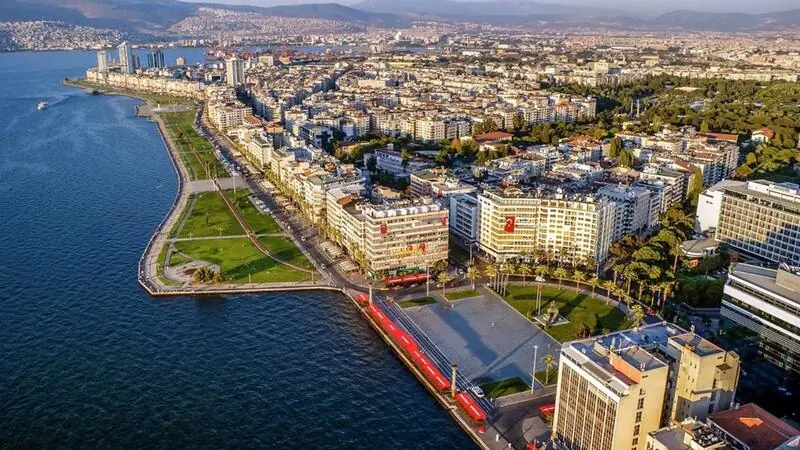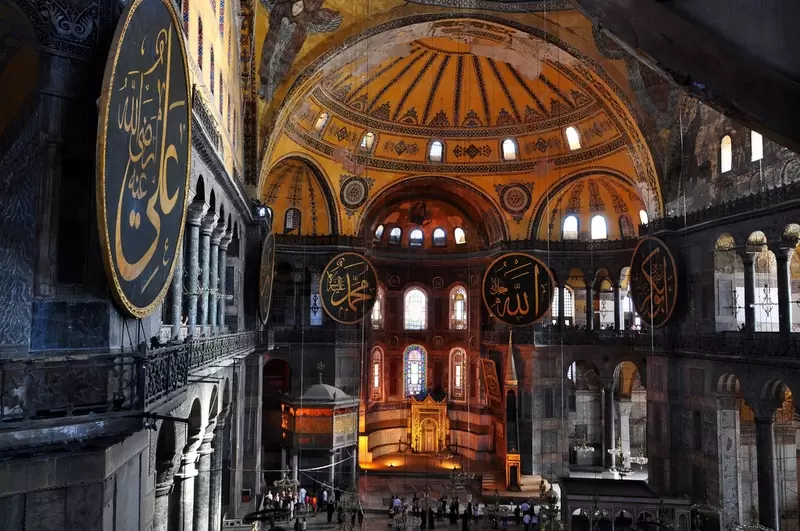
Hagia Sophia (Holy Wisdom) is a former Orthodox cathedral, later an imperial mosque, and now a museum in Istanbul, Turkey. It was originally constructed as a church in the 6th century by the Eastern Roman Emperor Justinian I (r. 527–565) and was the largest church in the world for nearly a thousand years. The building was converted into a mosque by the Ottoman Sultan Mehmed the Conqueror in 1453, and served as the principal mosque of the Ottoman Empire until the Turkish Republic was established in 1923. The building was then opened as a museum in 1935. Hagia Sophia is one of the most important surviving examples of Byzantine architecture, and is considered to be one of the greatest architectural achievements in the world. The building is also famous for its beautiful mosaics and frescoes, which depict scenes from the Bible and the lives of the saints.
1. Historical Significance: Hagia Sophia has a rich and complex history that spans over 1,500 years. Originally constructed as a Byzantine Christian cathedral in the 6th century AD, it served as the principal church of the Byzantine Empire for nearly a millennium. After the Ottoman conquest of Constantinople (Istanbul) in 1453, it was converted into a mosque and remained as such until 1935. In 1935, it was transformed into a museum and today holds the status of a UNESCO World Heritage site.
2. Architecture: Hagia Sophia is renowned for its architectural grandeur and innovative design. It is considered a masterpiece of Byzantine architecture and is known for its massive dome, elegant interior, and intricately decorated mosaics. The structure combines elements of Byzantine, Roman, and Islamic architectural styles, reflecting the historical and cultural transitions that Istanbul has undergone over the centuries.
3. Dome and Interior: The central dome of Hagia Sophia is a remarkable feat of engineering and was once the largest dome in the world. The interior features stunning marble columns, elaborate mosaics, and intricate decorations that showcase the opulence and artistic skill of the Byzantine Empire. The dome and the spacious interior create a sense of lightness and grandeur.
4. Mosaics and Artwork: Hagia Sophia houses a collection of magnificent mosaics that depict various religious scenes, figures, and patterns. These mosaics date back to different periods in the building's history. Some mosaics were covered or damaged during the conversion of Hagia Sophia into a mosque but were later uncovered and restored when it became a museum.
5. Religious Significance: Throughout its history, Hagia Sophia has held immense religious significance for both Christians and Muslims. As a former cathedral, it was a focal point of Eastern Orthodox Christianity and served as the seat of the Patriarch of Constantinople. After its conversion into a mosque, it became one of the most important Islamic places of worship in the Ottoman Empire. Today, it is a symbol of coexistence and represents the cultural heritage of both Christianity and Islam.
6. Museum Status: In 1935, Hagia Sophia was transformed into a museum by the decision of the Republic of Turkey's government. As a museum, it has welcomed millions of visitors from around the world who come to admire its architectural beauty, historical significance, and the fusion of different cultural influences.
7. Recent Status Change: It is important to note that since my knowledge cutoff in September 2021, there have been developments regarding the status of Hagia Sophia. In July 2020, the Turkish government converted Hagia Sophia back into a mosque, allowing it to be used for Muslim worship. For the most up-to-date information regarding the current status and visiting arrangements of Hagia Sophia, it is advisable to check with official sources or consult the relevant authorities.
Hagia Sophia stands as a remarkable testament to the history, art, and cultural heritage of Istanbul. Its awe-inspiring architecture and significant historical background make it a must-see destination for locals and tourists alike.
